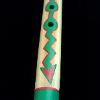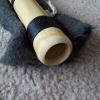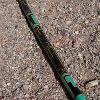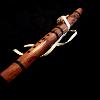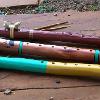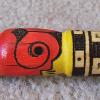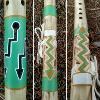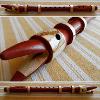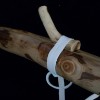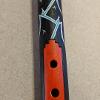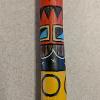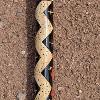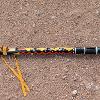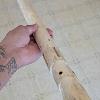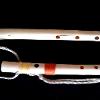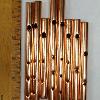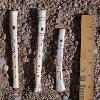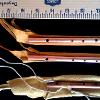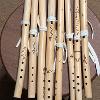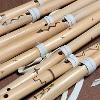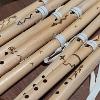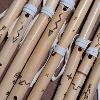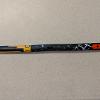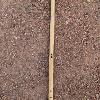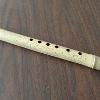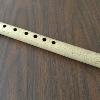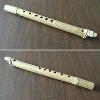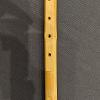How I Make My Flutes
To make my flutes I use simple hand tools- knives, gouge chisels and hand planes. I use some modern tools like belt sanders, routers, and rotary tools. I use two pieces of wood from a split branch or store-bought pre-milled 2x1s, remove center parts of each half with a gouge chisel or router, then glue the two halves together to form a tube. I hand-shape and sand each flute and seal with various types of finishes. Flute History
Types of Flutes That I Make
I make unique and playable musical instruments that have a distinct look and voice. Click the links below for more information on each flute style.
For more information about ordering, pricing and payment options, click here.
These are flutes based on ancient southwestern instruments that have been in use since at least1400 years ago. For intermediate to advanced players.
The most common type of flute found throughout the U.S. and are commonly called "Native American Flutes". Best for beginners.
These are flutes and whistles made from turkey bone, copper pipe, or bamboo. I make Eagle bone flutes and whistles under special circumstances. Disclaimer
This style comes from the People of Southern Arizona. For intermediate players.
Typically made from bamboo and made by indigenous people in Mexico. Best for beginners.
DISCLAIMER:
Eagle bones are illegal to sell, trade or barter. I only work with Eagle bones that are legally obtained.

